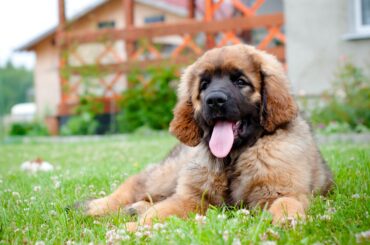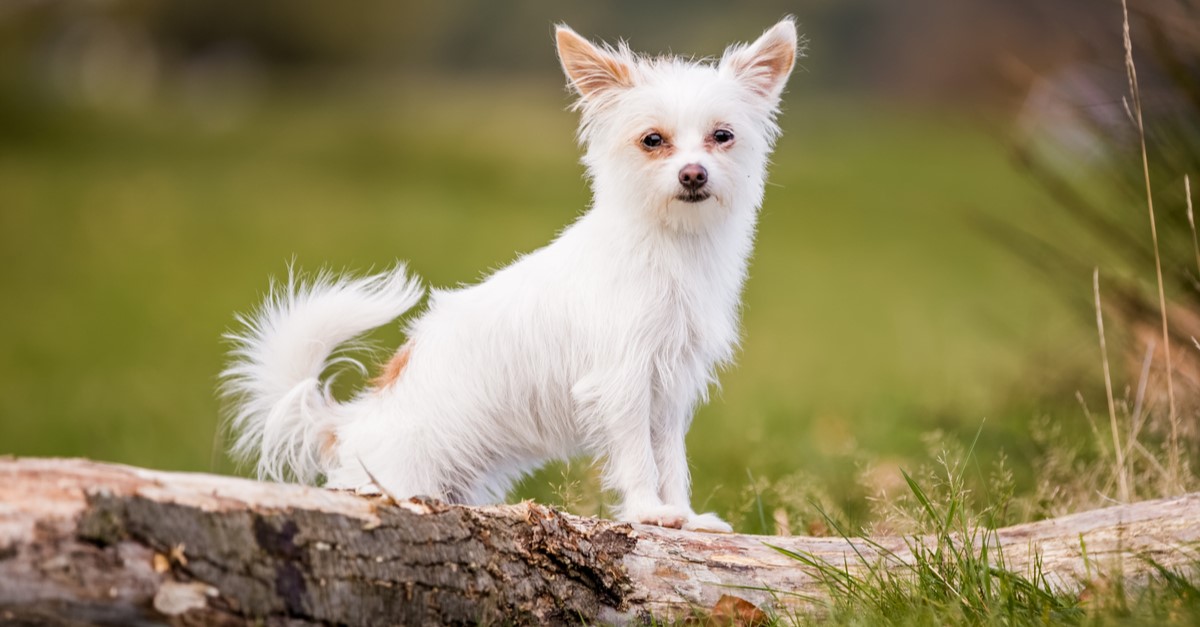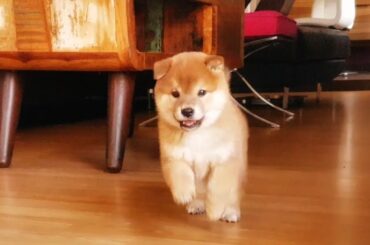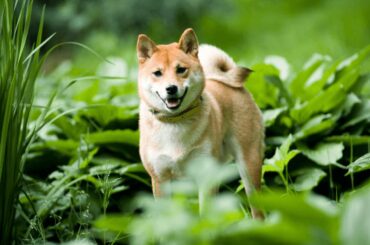Table of Contents
Introduction
Are you considering bringing an Akita dog into your home? Before you make the decision, it’s important to understand the cost of owning one. From initial expenses to ongoing care, this article will provide a detailed breakdown of how much it costs to have anika dog as a pet.
The Akita is a huge dog breed that originated in northern Japan’s mountainous regions. They come in two varieties: a Japanese strain known as Akita Inu or Japanese Akita, and an American strain known as American Akita. All other colors are considered unusual of the breed in the Japanese strain, although the American strain is available in all dog colors. The breed is one of Japan’s most well-known native breeds. In this article, we shall be discussing about How Much is an Akita Dog. Lets dive in.
The current Akita is the result of a concerted nineteenth-century effort to restore seven original Japanese dog breeds, despite its resemblance to canines from old Japanese tombs. The largest of these breeds, the Akita, was rebuilt using a variety of breeds, including native Odate dogs, who were considered the best examples of native Japanese animals.
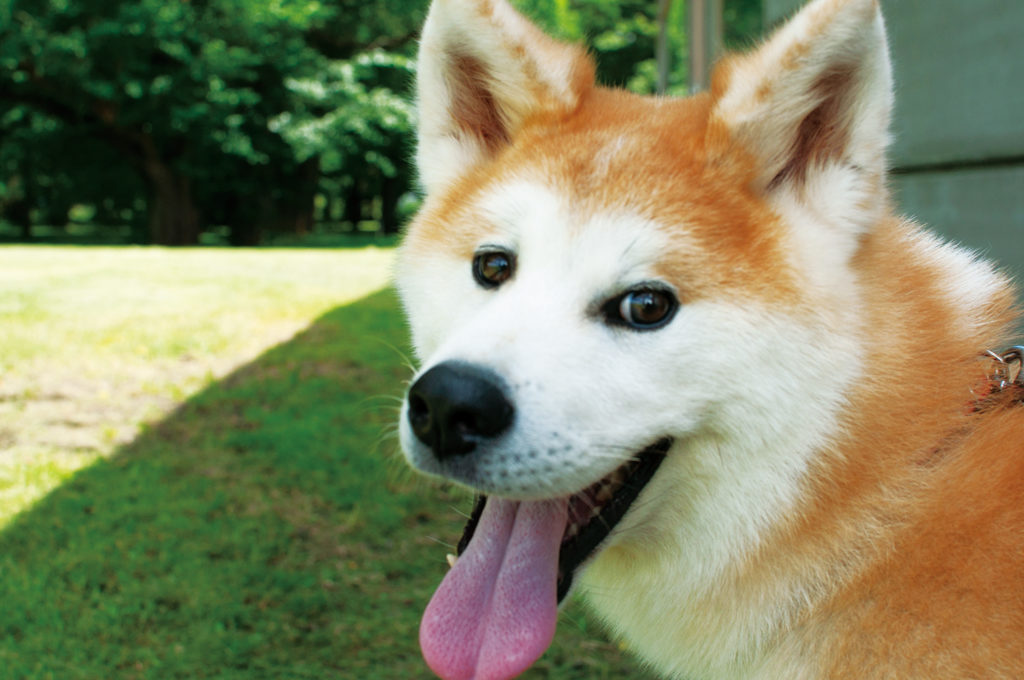
The Akita dog breed was developed in the icy and remote plains of Odate, Akita Prefecture, in Japan’s mountainous region. They were taught to hunt deer, wild boar, and brown bears, among other creatures. This breed was active in dogfighting in the 1600s, which was popular in Japan at the time. They served as samurai companions from the 1500s through the 1800s.
The Akita was in decline in the early twentieth century as a result of cross-breeding with the German Shepherd Dog, St. Bernard, and Mastiff. As a result, many animals began to lose their spitz features and developed drop ears, straight tails, non-Japanese color (black masks, any color other than red, white, or brindle), and loose skin instead.
Helen Keller, a woman of considerable prominence, brought this brave species to America. Helen Keller was held in great regard by the Japanese, who escorted her to Shibuya to see the statue of Hachiko, an Akita who gained a worldwide reputation in the 1920s for his fidelity. Each day, Hachiko’s master, a professor, returned from work, and his loyal dog greeted him at the railway station. When the professor died, Hachiko remained steadfast in his daily watch until his own death a decade later.
Helen Keller was given a puppy, the first Akita brought to America when she expressed her desire to have one of her own. Keller was ecstatic with Kamikaze-go and was heartbroken when he passed away from distemper. Helen Keller brought the first breed to America when she returned from Japan in 1937. Following WWII, servicemen from Japan went home with Akitas. The popularity of the breed rose steadily until it was recognized by the American Kennel Club (AKC) in 1972. It has slowly acquired fans since then and continues to gain popularity. In Japan, the breed is now utilized as a security and police dog.
Physical Appearance
For its height, the Akita is a hefty breed with heavy bones. A huge, bear-like head with upright, triangular ears set at a little angle following the arch of the neck are among the breed’s physical characteristics. Furthermore, the dog’s eyes are small, dark, deep-set, and triangular in shape. Akitas have thick double coats and cat-like feet with well-knuckled pads.
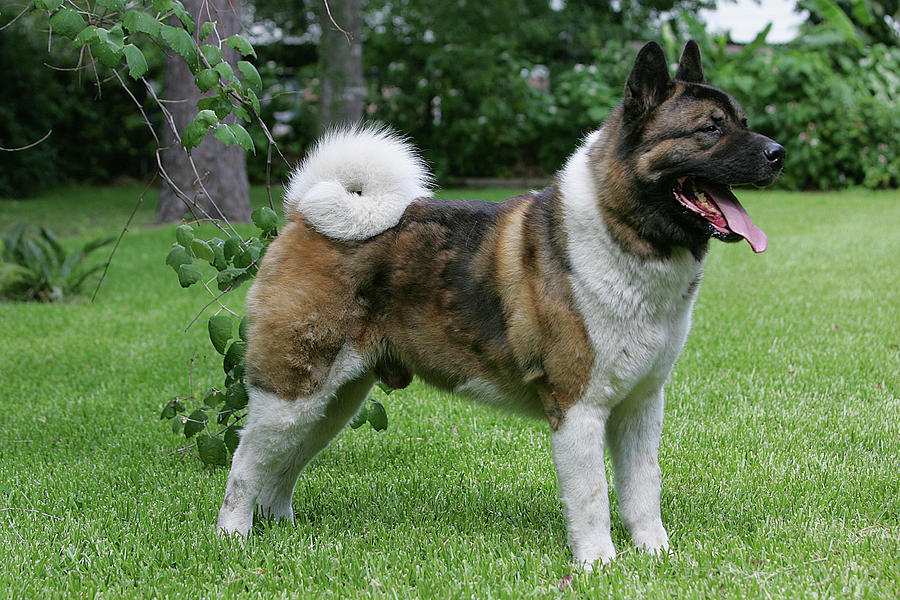
Their tails are carried in a mild or double curl down the loin over the tops of their backs. Mature males are typically 26-28 inches tall at the withers and weigh 45–59 kilograms. Mature females are approximately 24–26 inches tall and weigh 32–45 kilograms.
The ordinary coat length and the long coat are the two coat varieties in the Akita. In the show ring, the lengthy coat is considered a flaw. The double coat of this breed comprises a dense undercoat and a straight, rough outer coat that stands off from the body and is around 2 inches in length or less. This combination provides excellent water and weather protection. Pinto, all sorts of brindle, pure white, black mask, white mask, self-colored mask, and even different colors of undercoat and overlay are all acceptable coat colors in the American Akita.
Behavior
The Akita is known for being possessive of its property and can be reserved with strangers. Its behavior has been compared to that of a cat; they may clean their face after eating, preen their kennel mate, and be meticulous in the house. It has a reputation for being intolerant of canines of the same sex. This breed is not a breed for first-time dog owners because it is a huge, robust dog. As a result, unless well-socialized, Akitas are often unsuitable for off-leash dog parks. It requires a confident, consistent handler when it is spontaneous; otherwise, the dog may be highly willful and may become violent to other dogs and animals.
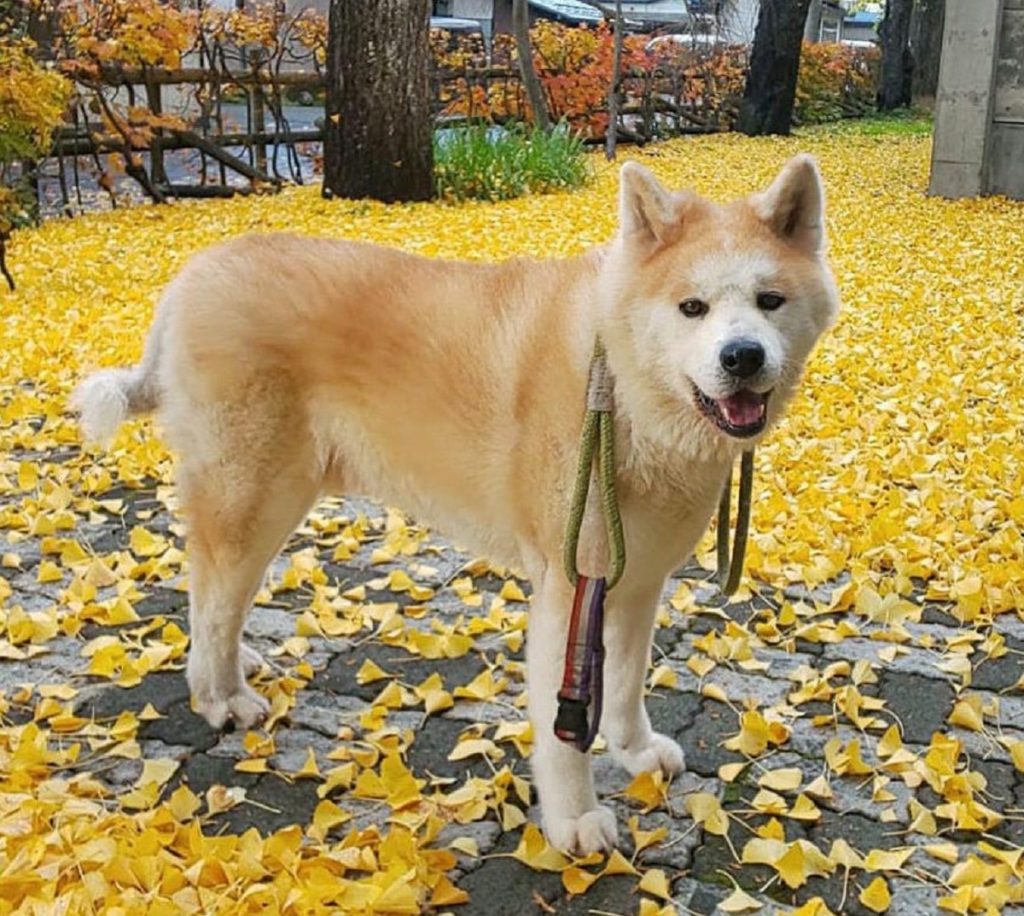
Training and Caring
Every day, the Akita loves mental and physical activity. They require the opportunity to run in a safe environment or on a leash for a long jog. This dog can be a peaceful and well-mannered home dog if given enough exercise and instruction. To eliminate dead hair, brush the coat once a week, or more frequently when shedding. They are a low-maintenance breed of dog. They groom themselves in the manner of a cat. It should be a simple task to groom them. They are heavy shedders, and two to three times per year they can shed more than usual. Akitas, in particular, shed their coats twice a year.
Health
Akitas are typically healthy dogs, however, they are susceptible to certain disorders and diseases such as hip dysplasia, gastric dilatation-volvulus (bloat), hypothyroidism, progressive retinal atrophy (PRA), and sebaceous adenitis, as do all dog breeds. Akitas are particularly susceptible to anemia induced by red blood cell damage caused by onion consumption. The average lifespan is 10–12 years.
How Much is an Akita Dog
Acquisition Costs – How Much is an Akita Dog
Keep this in mind that when considering How Much is an Akita Dog or When purchasing an Akita dog, you can expect to pay anywhere from $800 to $2,500, depending on various factors such as the dog’s lineage, pedigree, and the reputation of the breeder. Keep in mind that reputable breeders may charge a higher price due to their commitment to breeding healthy and well-tempered dogs.
Factors Influencing Price:
- Lineage and Pedigree: Akitas with champion bloodlines or impressive pedigrees typically have higher price tags.
- Breeder Reputation: Established and reputable breeders invest in genetic testing, socialization, and proper care, which can impact the price.
When considering the acquisition cost of How Much is an Akita Dog, don’t forget to factor in additional expenses such as transportation if the breeder is located far away.
Initial Expenses
Once you bring your Akita home, there are several initial expenses you should prepare for to ensure your new companion has a smooth transition. The initial expenses should be put into consideration on How Much is an Akita Dog.
Veterinary Care:
It is crucial to take your new Akita for a comprehensive veterinary check-up, which is one of the major factor to consider when keen to know How Much is an Akita Dog is. This can cost between $100 and $300, including vaccinations, deworming, and a general health examination. Spaying or neutering your Akita, if not already done by the breeder, may involve an additional cost.
Supplies and Equipment:
To make your Akita feel at home, you’ll need to invest in some essential supplies and equipment. Here are some estimated costs:
- Dog Bed: $30 – $100
- Crate or Kennel: $50 – $200
- Food and Water Bowls: $10 – $30
- Collar and Leash: $20 – $50
- Toys: $20 – $50
- Grooming Supplies: $20 – $50
These costs may vary based on your preferences and the quality of the products you choose.
Ongoing Expenses
While the initial expenses give you an idea of the financial commitment at the beginning, it’s important to consider the ongoing costs of owning an Akita.
Food and Treats:
Akitas are known to have hearty appetites due to their large size, so providing them with high-quality dog food is essential at How Much is an Akita Dog. The monthly cost for top-quality dog food can range from $40 to $100, depending on the brand and dietary requirements of your Akita.
Veterinary Care:
Regular veterinary check-ups, vaccinations, and preventive medications are crucial to maintaining your Akita’s health. Budgeting around $300 to $500 per year for routine veterinary expenses is recommended. However, this amount may increase if your Akita requires any specific medical intervention or experiences health issues.
Grooming:
Akitas have a thick double coat that sheds seasonally. To keep their coat healthy and free of mats, regular grooming is necessary. The average cost for a professional grooming session can range from $50 to $100, depending on your location and the condition of your dog’s coat. Alternatively, you can invest in grooming tools and maintain your Akita’s coat at home, reducing the grooming expenses.
Training and Socialization:
Training and socialization are essential for any dog, including Akitas which How Much is an Akita Dog should be taken into consideration. While you can choose to enroll your Akita in obedience classes or hire a professional trainer, budgeting around $100 to $200 for training expenses is a good estimate. Additionally, providing mental stimulation through puzzle toys and interactive games can help prevent boredom and destructive behavior.
Additional Considerations
Health Insurance:
Considering health insurance for your Akita can help offset unexpected veterinary expenses. While the cost of insurance varies based on factors such as your location and the coverage you choose, it can range from $30 to $60 per month.
Boarding or Pet Sitting:
If you go on vacation or need to be away from home for an extended period, you may need to consider boarding or pet sitting services for your Akita. These services can range from $25 to $50 per day, depending on where you live and the type of accommodations you choose.
Conclusion
While the initial cost of acquiring an Akita may seem significant, the ongoing expenses should also be taken into account before bringing one into your home. From acquisition costs to lifelong care, being aware of the financial responsibilities associated with owning an Akita is crucial. By properly budgeting for their needs, you can ensure that your Akita receives the love, care, and attention they deserve throughout their lifetime.

